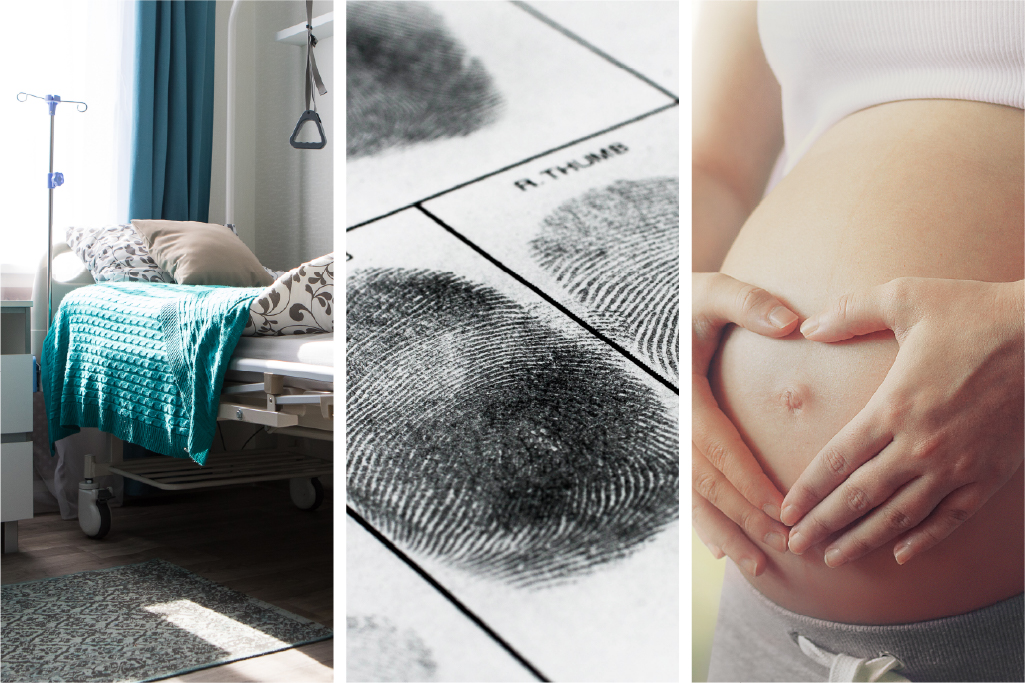April 2025 marks the first edition of the Microbiology Time on CoScience HUB, the new scientific platform bringing excellence in microbiology communication. Below are the three papers selected this month.
Multidrug-resistant Candida Auris and ESKAPE pathogens in clinical settings
The first study published on Nature explores antimicrobial resistance (AMR) in nursing homes, which are often reservoirs and spreaders of antimicrobial-resistant bacteria and fungi, with residents facing an elevated risk of infection and colonization. Specifically, the paper focuses on the genomic epidemiology of Candida auris, a multidrug-resistant fungal pathogen. By coupling metagenomics with isolate sequencing, the US researchers identified skin colonization and clonal spread of C. auris among residents, along with ESKAPE pathogens and other high-priority pathogens. By integrating microbiome data with clinical findings, the researchers detected carbapenemase genes on residents’ skin, indicating that this organ is a reservoir for antimicrobial-resistant organisms and genes. This must be considered when conducting surveillance programs.
Optimize DNA sampling from fingerprints to improve forensic investigations
Finger identification (also known as Dactyloscopy) and DNA profiling are critical tools in forensic science; however, obtaining both from latent fingerprints can be challenging. The second study selected this month aims to optimize DNA collection to establish the Minimum Surface Requirements (MSR) for generating complete STR profiles. Two collection methods and the performances of two swab types were compared on fingermarks provided by volunteers on glass surfaces. Results showed that flocked swabs outperformed cotton swabs in DNA recovery and STR profiling. Furthermore, the research established the first MSR benchmarks for meaningful STR profiles, aiding investigators in prioritizing dactyloscopy, genotyping, or both when analyzing latent fingermarks. These findings enhance the ability to extract genetic identities from low-quality or insufficient ridge patterns, thereby improving the utilization of forensic evidence.
Self-collection as a tool for GBS detection in pregnant women
The third study, conducted in Slovenia, evaluated the validity of self-collected recto-vaginal swabs for detecting group B streptococcus (GBS) in pregnant women, compared to collection by healthcare workers (HCWs). Over 227 women aged 20–44 participated, with two swabs collected per participant: one by HCWs using standard methods and another self-collected following visual instructions. GBS detection involved direct and enriched culture and PCR. Results showed similar GBS detection rates for both methods, with PCR proving superior, identifying additional positives in both groups. Despite the effectiveness of self-collection, 58.5% of participants preferred HCW-collected swabs. The study concludes that self-collection is a valid alternative, with PCR from enriched samples being the most sensitive method overall.
Join CoScience HUB
Are you a passionate reader of the monthly Microbiology Time? If so, discover how CoScience HUB can provide you with even more. Create your account now to access cutting-edge science, be among the first to discover the upcoming exclusive content, and position yourself at the forefront of innovation.
Sign Up Now




